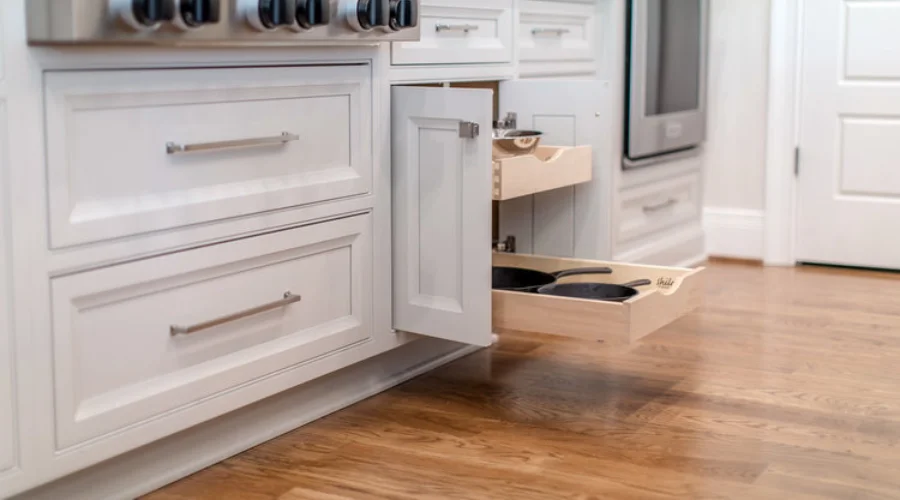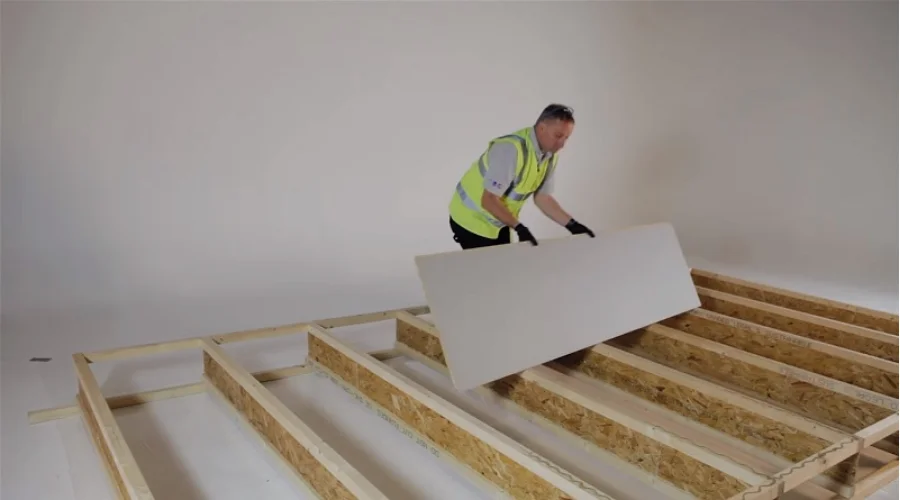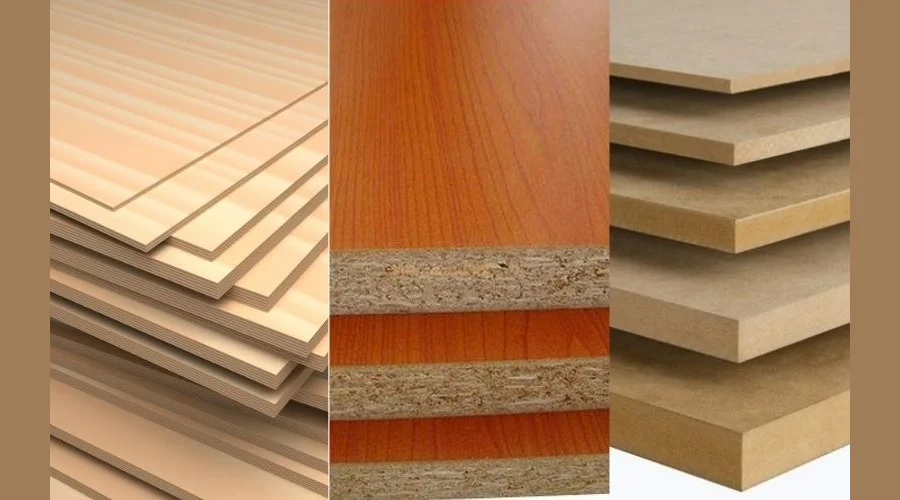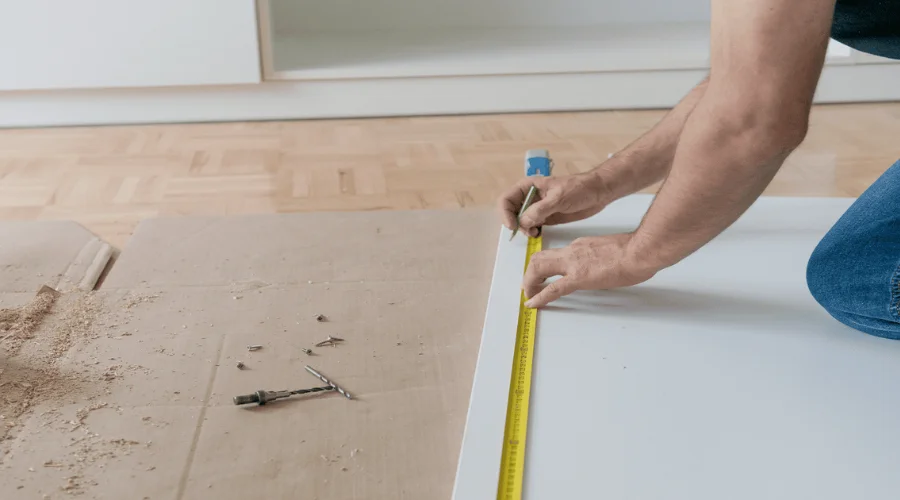Explore the best deals on Marks & Spencer | Limited Period Offer
Explore the best deals on Marks & Spencer | Limited Period Offer
Chipboard vs. Plywood: Which Sheet Material Is Best For Your Build?
In the bustling construction scene of 2025, chipboard and plywood stand out as go-to sheet materials, shaping everything from floors to furniture with their versatility and affordability. The chipboard vs. plywood debate is a big one for builders and DIYers alike—both are engineered woods with unique strengths, but picking the right one can feel like a puzzle. Chipboard, made from compressed wood particles, offers a budget-friendly option, while plywood, with its layered veneer design, promises durability and resilience. Chipboard suits cost-conscious projects with lighter demands, whereas plywood appeals to those needing robust, long-lasting solutions. Let’s dive into this comparison to find the best sheet material for your build.

Chipboard vs. Plywood- Comparison Table
Feature | Chipboard (2025) | Plywood (2025) |
Composition | Wood chips, resin – Dense, uniform | Wood veneers, glue – Layered strength |
Strength | Moderate – Good for light loads | High – Superior load-bearing |
Durability | Fair – Moisture-sensitive | Excellent – Weather-resistant |
Weight | Heavier – Dense core | Lighter – Thin layers |
Cost | £8-£11/sheet – Budget-friendly | £15-£23/sheet – Higher upfront |
Moisture Resistance | Limited – Swells if wet | Good – Treated options excel |
Ease of Use | Easy – Smooth, cuts well | Moderate – Can splinter |
Applications | Flooring, furniture – Indoor focus | Subfloors, joinery – Indoor/outdoor |
Chipboard vs. Plywood Features

Composition
Chipboard, like the Caberfloor P5, is crafted from wood chips and sawdust bound with resin under pressure, creating a dense, uniform panel. Plywood, such as the 5.5mm General Purpose variant, layers thin wood veneers with alternating grain directions, glued for strength. Chipboard’s simplicity keeps costs down, while plywood’s design boosts its toughness—a key factor in choosing between them.
Strength
Chipboard offers decent compressional strength—think 300-400 psi—for light-duty tasks like furniture or flooring underlay. Plywood, with its cross-layered build, hits 600-800 psi, excelling in shear and tensile strength too. Chipboard suits static, low-load builds; plywood handles dynamic stress better. For robust projects, the 5.5mm x 2440mm x 1220mm General Purpose Plywood shines with its hardwood layering, perfect for load-bearing joinery.


Durability
Chipboard vs. plywood durability hinges on wear and tear. Chipboard lasts 5-15 years indoors but falters with moisture or heavy use—its particle core can degrade. Plywood stretches for 20-30 years, resisting splitting and weathering thanks to its veneer structure. Chipboard’s fine for dry settings; plywood’s the pick for longevity. The 5.5mm x 2440mm x 1220mm General Purpose Plywood offers lasting hardwood resilience, ideal for humid or outdoor builds when sealed.
Weight
Chipboard, like the 22mm Caberfloor P5 at 21.6 kg per 2400 x 600mm sheet, is denser and heavier due to its solid core. Plywood, at 10.64 kg for a 2440 x 1220mm sheet, stays lighter with its thin layers. Chipboard’s heft suits stable flooring; plywood’s ease aids overhead or mobile work—consider your project’s logistics.


Cost
Chipboard vs. plywood cost is a big decider. Chipboard averages £8-£11 per sheet—cheap thanks to recycled materials. Plywood runs £15-£23, reflecting its complex manufacturing. Chipboard wins for tight budgets; plywood’s price justifies its strength over time. For value-driven flooring, the 22mm x 2400mm x 600mm Caberfloor P5 Tongue and Grooved Moisture Resistant Chipboard Flooring TG4 delivers moisture resistance and affordability, great for domestic builds.
Moisture Resistance
Chipboard absorbs water easily—untreated, it swells 20-30%—though moisture-resistant versions like P5 help. Plywood, especially treated types, absorbs less, swelling under 10%, and holds shape. Chipboard’s fine indoors; plywood tackles dampness better—a must for basements or sheds.


Ease of Use
Chipboard vs. plywood ease matters for DIYers. Chipboard’s smooth surface cuts cleanly and takes screws well—think 10-15 minutes to shape a panel. Plywood can splinter at edges, needing care and sometimes sanding, adding 5-10 minutes. Chipboard’s simplicity suits beginners; plywood rewards skill. The 22mm x 2400mm x 600mm Caberfloor P5 Tongue and Grooved Moisture Resistant Chipboard Flooring TG4 cuts and fits fast with its tongue-and-groove edge, streamlining floor installs.
Applications
Chipboard vs. plywood applications show their niches. Chipboard excels in indoor flooring, shelves, or flat-pack furniture—think quick, cost-effective builds. Plywood spans subfloors, roofing, and joinery, even outdoors when treated. Chipboards for dry, static use; plywood’s versatility covers more ground—match it to your project scope.

Conclusion
Chipboard vs. plywood reveals stark contrasts. Chipboard, at £8-£11 per sheet, offers a dense, affordable option with moderate strength (300-400 psi) and 5-15 years of indoor life—perfect for quick, budget builds but weak against moisture. Plywood, costing £15-£23, brings superior strength (600-800 psi), 20-30 years of durability, and versatility across indoor and outdoor uses—ideal for lasting construction. Chipboard vs. plywood strength and durability Crown plywood is the best sheet material for construction needing resilience; chipboard wins for cost-conscious, dry settings. Need a sturdy subfloor? Go plywood. Want cheap shelves? Pick chipboard. You can grab both at Travis Perkins—worth a peek when you’re gearing up.
For more information, visit Savewithnerds.



